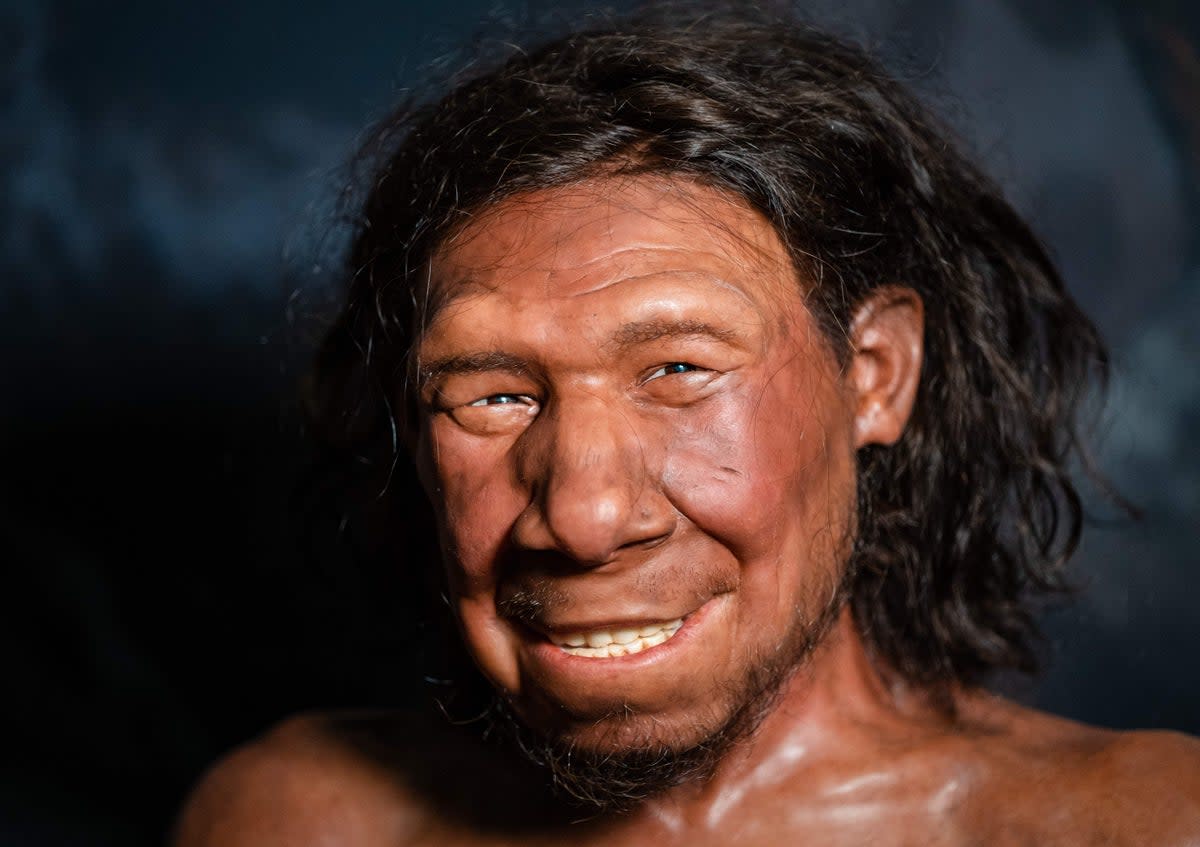Neanderthal diet study shows they were more than just ‘primitive cave dwellers’

Neanderthals in present-day Portugal harvested sea creatures more than 90,000 years ago and used cooking methods that would give them “meaningful nutritional benefits”, reveal the findings of a new study.
The research, published on Tuesday in the journal Frontiers in Environmental Archaeology, analysed prehistoric deposits of shells and bones unearthed in a cave just south of present-day Lisbon.
The findings from the study have provided further proof that the ancient human ancestors were more than just cave dwellers, according to scientists, including Mariana Nabais from the Catalan Institute of Human Paleoecology and Social Evolution.
“Our results add an extra nail to the coffin of the obsolete notion that Neanderthals were primitive cave dwellers who could barely scrape a living off scavenged big-game carcasses,” Dr Nabais said.
Shells uncovered from the undisturbed stone age deposits overwhelmingly represent brown crabs, suggesting these crustaceans were the seafood of choice for the human ancestors.
The findings suggest the sea creatures were brought whole to the cave, where they were roasted on coals and then eaten, indicating Neanderthals regularly harvested large brown crabs.
“They were taking them in pools of the nearby rocky coast, targeting adult animals with an average carapace [shell] width of 16cm,” Dr Nabais explained.
Researchers also assessed the breakage on the shells, looked for signs of butchery and percussion marks, and also determined whether the crabs had been exposed to high heat.
The fracture patterns on the shells suggested the animals were likely broken open for access to the meat.
Neanderthals did not just harvest the crabs, but also roasted them, as per the black burns found on the shells, that indicated crabs may have been heated at about 300-500C – typical for cooking.
This analysis helped researchers rule out the involvement of other predators as the study did not reveal carnivores or rodent marks. The patterns of breakage also did not indicate predation by birds.
Scientists found that the large crabs were mostly adults which likely yielded about 200g of meat.
Since the crustaceans tend to be evasive, archaeologists speculate that Neanderthals may have harvested such brown crabs of large size from low-tide pools in the summer.
The new findings, along with previous evidence of Neanderthals consuming limpets, mussels, clams and a range of fish on a large scale, debunk the notion that seafood consumption played a major role in boosting cognitive abilities among early modern human populations of sub-Saharan Africa, scientists said.
While it remains unknown why Neanderthals chose to harvest crabs, researchers said cooking and eating the crustaceans would have offered them “meaningful nutritional benefits”.
“The notion of the Neanderthals as top-level carnivores living off large herbivores of the steppe-tundra is extremely biased,” Dr Nabais said.
“Such views may well apply to some extent to the Neanderthal populations of Ice Age Europe’s periglacial belt, but not to those living in the southern peninsulas – and these southern peninsulas are where most of the continent’s humans lived all through the Paleolithic, before, during and after the Neanderthals,” she added.


